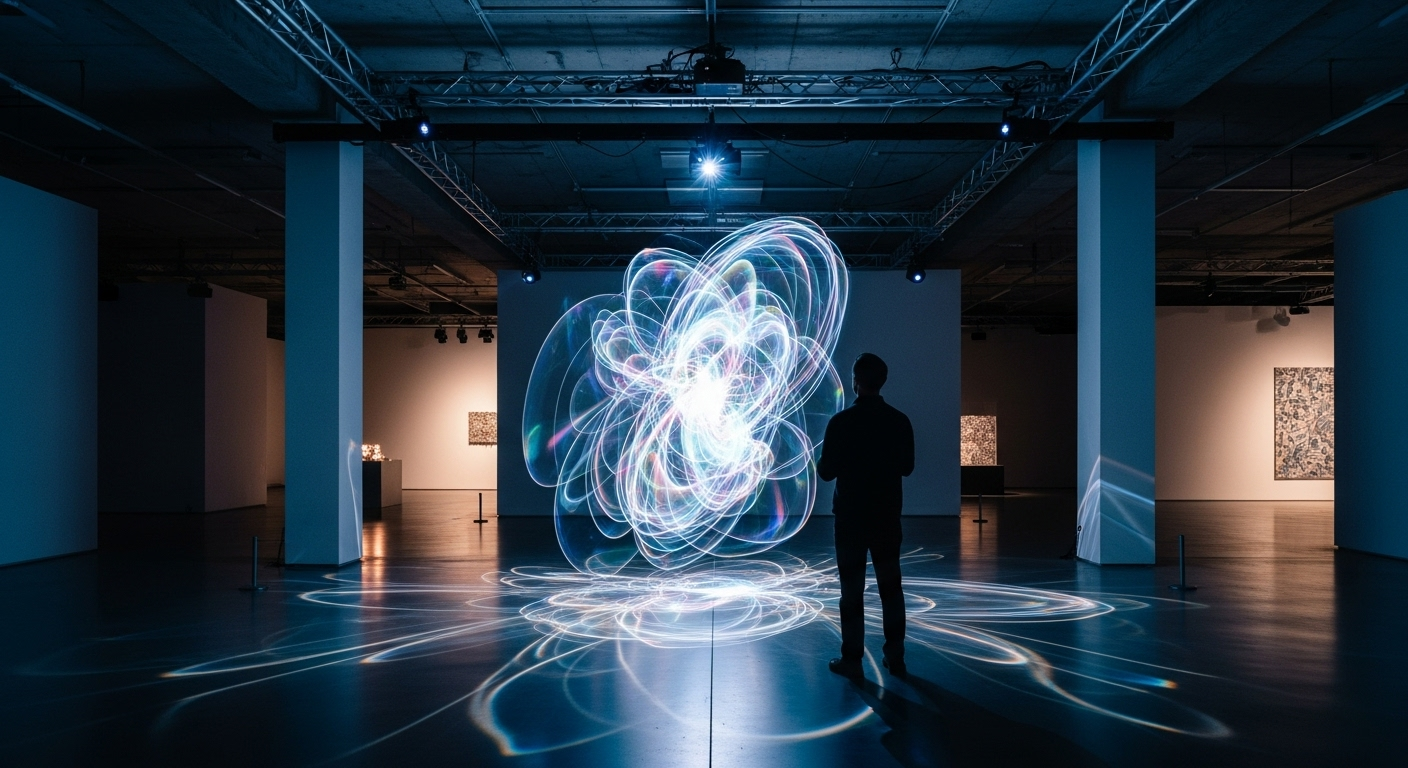Holographic Sculptures: The New Frontier in Visual Art
In the ever-evolving landscape of contemporary art, a revolutionary medium is captivating audiences and challenging traditional notions of sculpture. Holographic sculptures, once confined to the realm of science fiction, have emerged as a groundbreaking form of artistic expression. This cutting-edge technology merges the tangible with the intangible, creating ethereal masterpieces that float in mid-air, inviting viewers to question the very nature of reality and perception.

From Static Images to Dynamic Sculptures
Early holographic art primarily consisted of static images, akin to three-dimensional photographs. As technology advanced, artists began experimenting with more complex compositions and larger scales. The transition from flat holograms to fully realized sculptures marked a significant leap forward. Contemporary holographic sculptors use advanced projection systems, specialized lighting, and cutting-edge software to create works that appear to occupy physical space while remaining intangible.
The Technical Marvel Behind the Art
Creating a holographic sculpture is a complex process that blends artistry with advanced technology. High-powered lasers, precisely calibrated mirrors, and photosensitive materials are just a few of the tools required. Artists often collaborate with engineers and programmers to bring their visions to life. The result is a seamless fusion of light and space that creates the illusion of solid objects floating in mid-air, often with the ability to move and transform in real-time.
Interactivity and Audience Engagement
One of the most compelling aspects of holographic sculptures is their potential for interactivity. Unlike traditional sculptures that remain static, holographic works can respond to viewer presence or input. Some installations allow visitors to manipulate the holographic forms using gestures or touch interfaces, blurring the line between observer and creator. This level of engagement creates a uniquely immersive experience, challenging our perceptions of art as a passive medium.
The Impact on Museums and Galleries
Holographic sculptures are revolutionizing the way art is displayed and experienced in public spaces. Museums and galleries are redesigning exhibition areas to accommodate these ethereal works, creating darkened rooms with specialized lighting and projection equipment. The ability to instantly change or rotate holographic displays offers curators unprecedented flexibility in designing exhibitions. Moreover, the novelty of holographic art is drawing new audiences to traditionally staid institutions, reinvigorating interest in visual arts across demographics.
Challenges and Controversies
Despite its growing popularity, holographic sculpture faces several challenges. The technology required is still expensive and complex, limiting access for many artists. There are also ongoing debates about the archival nature of holographic art. How does one preserve a work that exists primarily as light and data? Additionally, some critics argue that the technological spectacle of holographic sculptures can overshadow their artistic merit, raising questions about the balance between innovation and substance in contemporary art.
The Future of Holographic Art
As technology continues to advance, the possibilities for holographic sculpture seem boundless. Researchers are developing more sophisticated projection systems that can create larger, more detailed holograms visible in broad daylight. The integration of artificial intelligence could lead to holographic sculptures that evolve and adapt over time, creating truly living artworks. Some visionaries even speculate about the potential for holographic art to extend beyond gallery walls, transforming public spaces into immersive, ever-changing visual experiences.
Conclusion
Holographic sculptures represent a paradigm shift in the world of visual art, challenging our understanding of form, space, and reality itself. As this medium continues to evolve, it promises to push the boundaries of creativity and technology, offering new ways for artists to express their visions and for audiences to engage with art. In the landscape of contemporary art, holographic sculptures stand as beacons of innovation, illuminating the path toward a future where the limits of imagination are the only constraints on artistic expression.





